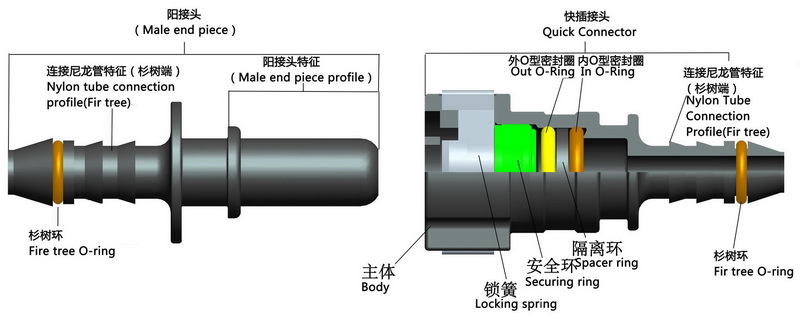The robot automatically recognizes weeds in the farmland and "wrestles" with short laser pulses. For sustainable agriculture wherever possible to avoid herbicides, or can benefit from this clever idea. In fact, Dr. Julio Pastrana and Dr. Tim Wigbels of the Institute of Geodesy and Geography, University of Bonn, Germany, are doing the research. In this context, the German Federal Ministry of Economic Affairs and Energy launched the EXIST Business Plan, which is devoted to promoting the development of such farmland utility tools. There is a strong need for people who want to harvest goodies to repel weeds because only such crops can grow better. In organic agriculture, herbicides are excluded because they are considered toxic chemicals. So for unwanted plants, people can only work hard on themselves. If the success of Pastrana and Wigbels weeding robots is expected, this time-consuming activity is expected to soon be replaced by robots. In the Photogrammetry Laboratory at the Institute of Geodesy and Geographic Information at the University of Bonn, computer experts are developing a new system: the use of precision video cameras in all-terrain robot cars or tractors, unwanted weeds in a variety of ways Of the crop is automatically identified, and through targeted prevention and treatment. "The robot's short pulse of light impinging on the leaves of the weeds to be removed will result in weaker vitality," Pastrana said. "So it is not long before we eliminate the need to use pesticides in the fields. The environment will be protected. " Prior to this project, Pastrana's work focused on robotics and automated imaging and processing techniques, and later on engaged in statistical models to help detect and classify weeds. He and other colleagues have been developing laser weeding robots for a year now and are looking for investors and hope for further business start-ups. Before in the United States, weeding robots had been used to clear leaves at railroads and airport runways but were not put on farm because it was easy to see green crops as weeds. Weeding robots should learn to judge whether the plants in the farmland are needed or not based on the color, shape and size of the leaves. Herbicides, developed by researchers, carry herbicides, but can reduce the amount of herbicides used by precise positioning; some robots use mechanical weeding or smash them with mini weed crushers. Pastrana and Wigbels are hoping for short laser pulses. This still needs further research. "This is a case in point where the idea of ​​an innovative robot is linked to the current sustainability story." Rüdiger Wolf, a consultant for achievements conversion, commented that researchers' analysis of the market and the commercial competition for the project sounds pretty good. Pastrana believes there are many benefits of laser-based new technologies in agricultural machinery, "and our goal is to contribute to more sustainable agriculture."
Male end piece is a pipe adapter made of PA66 or PA12+30%GF, and can be with o-ring. When insert the male end piece into the Quick Connector, since the locking spring has certain elasticity, the two connectors can be connected together with the buckle fastener, and then pull back to ensure the installation in place. In this way, the quick connector will work. During maintenance and disassembly, first push in male end piece, then press locking spring end till expansion from the middle, the connector can be easily pulled out. Lubricated with SAE 30 heavy oil before re-connecting.
Male End Pieces,Stainless Steel Male End Pieces,Carbon Steel Male End Pieces,Brass Male End Pieces Linhai Shinyfly Auto Parts Co.,Ltd. , https://www.chinashinyfly.com
German researchers use laser pulses to remove weeds